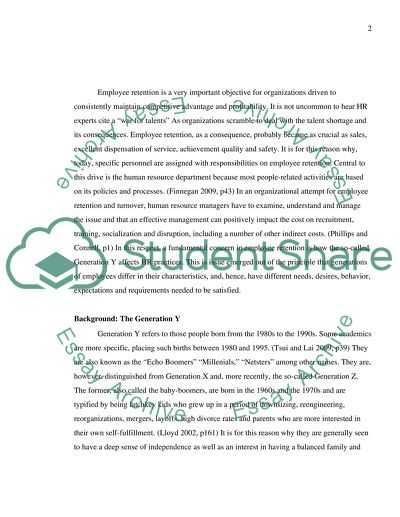Cite this document
(“'How has the Y Generation changed HRM practice Thesis Proposal”, n.d.)
Retrieved from https://studentshare.org/other/1426636-ychhow-has-the-y-generation-changed-hrm-practice
Retrieved from https://studentshare.org/other/1426636-ychhow-has-the-y-generation-changed-hrm-practice
('How Has the Y Generation Changed HRM Practice Thesis Proposal)
https://studentshare.org/other/1426636-ychhow-has-the-y-generation-changed-hrm-practice.
https://studentshare.org/other/1426636-ychhow-has-the-y-generation-changed-hrm-practice.
“'How Has the Y Generation Changed HRM Practice Thesis Proposal”, n.d. https://studentshare.org/other/1426636-ychhow-has-the-y-generation-changed-hrm-practice.


